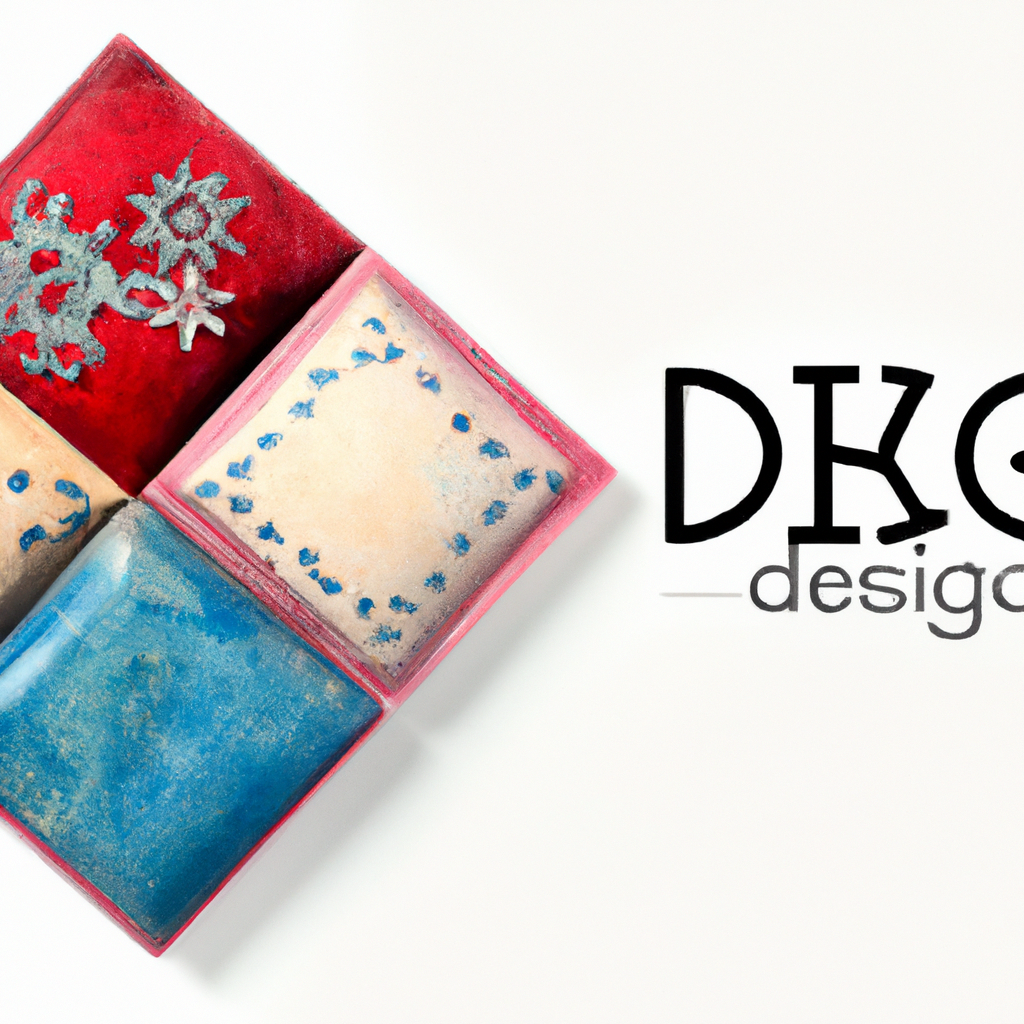
Unlock Creativity: Exclusive Offers from Your Design Studio Hub!
Hey there, fellow design enthusiasts! Today, I want to take you on a little journey through the evolution of minimalism in modern design studios. This is something that’s been buzzing in my mind for quite some time now, and I think it’s worth sharing. So grab a cup of coffee—or tea if that’s more your style—and let’s dive into it.
Minimalism has come a long way from its roots in the early 20th century when artists and designers started stripping down their work to the essentials. Remember those black-and-white photos of sparse rooms with just a chair or two? It was all about cutting out the excess and focusing on what truly mattered. Fast forward to today, and minimalism has found its way into every nook and cranny of our lives—especially in how we approach design.
I still remember my first encounter with minimalist design principles. It was during an internship at this small but super talented studio downtown (shoutout to them for putting up with my newbie self). The lead designer always used to say, ‘Less is more,’ which sounded like one of those clichés until I really saw it in action. We worked on a branding project for a local bakery, and man, did that experience open my eyes! Instead of going wild with colors and patterns, we opted for simple lines and earthy tones that spoke volumes about the bakery’s commitment to quality ingredients.
Now, don’t get me wrong; adopting minimalism doesn’t mean you’ve got to ditch everything fun or colorful. It’s more about being intentional with your choices—kind of like decluttering your closet but for design elements. Take Apple’s product designs, for instance. Their gadgets are sleek as heck yet pack all kinds of techy goodness inside. They’ve mastered the art of making complex things feel incredibly simple.
But here’s where things get interesting: minimalism isn’t static; it’s constantly evolving based on cultural shifts and personal preferences. A few years back, I visited Tokyo—a place known for its unique blend of tradition and modernity—and oh boy, did it change my perspective! Japanese minimalism introduced me to concepts like ‘Ma,’ which emphasizes negative space not as emptiness but as room for possibilities. This changed how I viewed everything from website layouts to interior spaces.
Speaking from experience again—I recently helped redesign a friend’s apartment using these ideas (and maybe binge-watching too many home makeover shows). We chose furniture pieces that were versatile yet stylish while keeping decor items meaningful rather than just pretty knick-knacks gathering dust over time.
Another real-life example? Look no further than Scandinavian homes splashed across Pinterest boards worldwide—they’ve nailed cozy minimalistic vibes by blending functionality with warmth through natural materials like wood paired alongside neutral palettes!
To wrap things up here before rambling too much longer: embracing minimalist principles can be transformative both personally & professionally without losing touch altogether w/ creativity nor sacrificing personality along way either 🙂 Whether designing logos websites interiors…or even tackling life challenges head-on applying these timeless lessons sure helps stay grounded amidst chaos around us sometimes!
So there ya have it folks—a peek into how minimalism continues shaping world today especially within realm creative industries such diverse fields graphic arts architecture fashion even food presentation believe it or not 🤔 Feel free share thoughts experiences below always love hearing other perspectives ✨
Leave a Reply